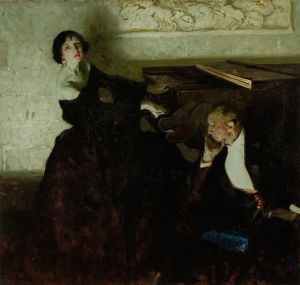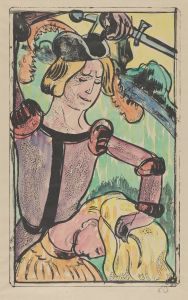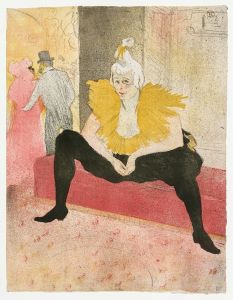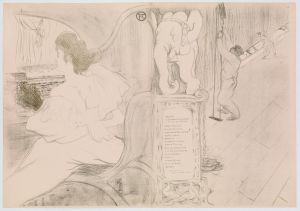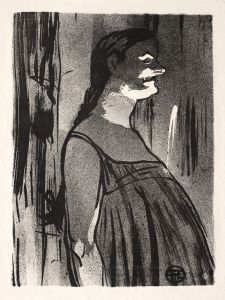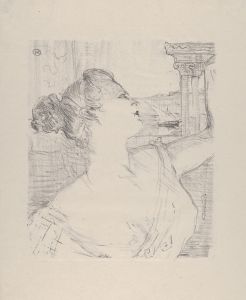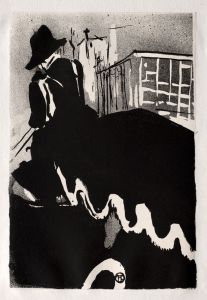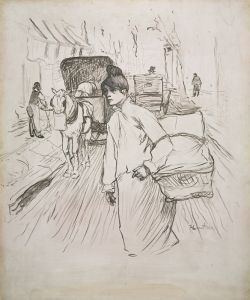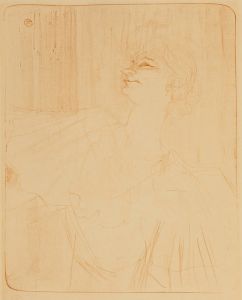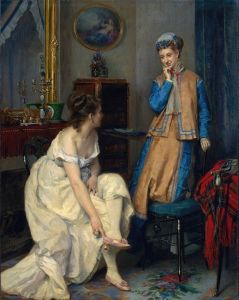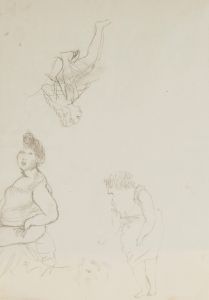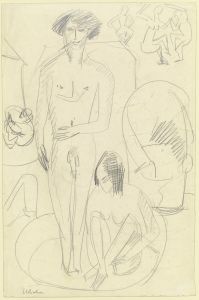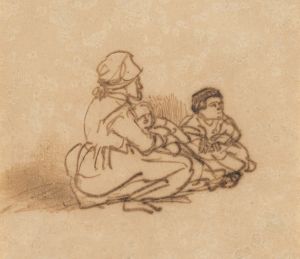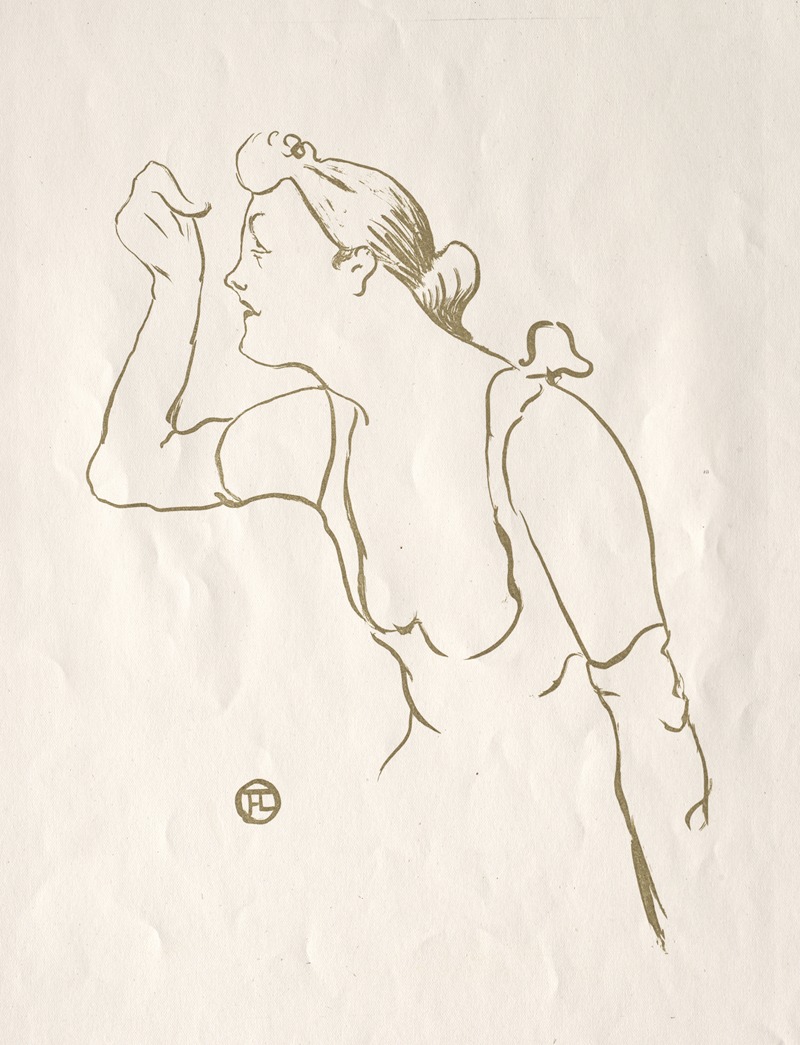
Paula Brébion
A hand-painted replica of Henri de Toulouse-Lautrec’s masterpiece Paula Brébion, meticulously crafted by professional artists to capture the true essence of the original. Each piece is created with museum-quality canvas and rare mineral pigments, carefully painted by experienced artists with delicate brushstrokes and rich, layered colors to perfectly recreate the texture of the original artwork. Unlike machine-printed reproductions, this hand-painted version brings the painting to life, infused with the artist’s emotions and skill in every stroke. Whether for personal collection or home decoration, it instantly elevates the artistic atmosphere of any space.
Henri de Toulouse-Lautrec, a prominent French painter, printmaker, and illustrator, is renowned for his depictions of the vibrant and often bohemian life in Paris during the late 19th century. One of his works, "Paula Brébion," reflects his distinctive style and his ability to capture the essence of his subjects with both sensitivity and a keen eye for detail.
Toulouse-Lautrec was born into an aristocratic family in 1864 in Albi, France. Despite suffering from health issues that stunted his growth and led to physical disabilities, he pursued a career in art, studying in Paris under the tutelage of prominent artists like Fernand Cormon. His physical condition allowed him to observe the world from a unique perspective, which he translated into his art with remarkable skill.
The painting "Paula Brébion" is one of many portraits Toulouse-Lautrec created during his career. While specific details about the subject, Paula Brébion, are scarce, it is known that Lautrec often painted individuals from various walks of life, including performers, artists, and people he encountered in the Montmartre district of Paris. This area was a hub of artistic activity and nightlife, and Lautrec became a fixture in its cafés, cabarets, and theaters.
Toulouse-Lautrec's work is characterized by its bold use of color, dynamic compositions, and expressive line work. He was heavily influenced by the Impressionists, but he developed a unique style that set him apart from his contemporaries. His ability to convey the personality and mood of his subjects with minimalistic yet expressive lines is evident in many of his portraits.
In "Paula Brébion," as in many of his works, Lautrec employs a keen sense of observation and a deep understanding of human nature. His portraits often go beyond mere physical representation, capturing the inner life and emotions of his subjects. This ability to depict the psychological depth of his subjects is one of the hallmarks of his work.
Toulouse-Lautrec's art was not only a reflection of the people he painted but also of the cultural and social milieu of Paris at the time. His works provide a window into the world of the Moulin Rouge, the Chat Noir, and other iconic venues of the Belle Époque. Through his art, he documented the lives of dancers, singers, and other performers, as well as the patrons who frequented these establishments.
Despite his relatively short life—he died at the age of 36 in 1901—Toulouse-Lautrec left a lasting impact on the art world. His innovative approach to portraiture and his ability to capture the spirit of an era have made him one of the most celebrated artists of his time. Today, his works are held in major museums and collections around the world, continuing to captivate audiences with their vibrancy and insight.
While specific information about "Paula Brébion" may be limited, the painting remains a testament to Toulouse-Lautrec's skill as a portraitist and his enduring legacy in the world of art. His ability to blend observation with artistic expression ensures that his work remains relevant and appreciated by art lovers and historians alike.





